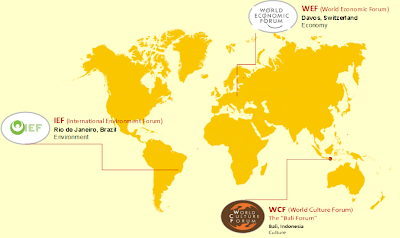The First Dutch Visit to Brunei in 1600
It has been a while since I last wrote an article for my column, The Golden Legacy in The Brunei Times. I finally found the time to write this one entitled 'The First Dutch Visit to Brunei in 1600' and it was published on Sunday, December 22, 2013. +++++ Captain Oliver van Noort The First Dutch Visit to Brunei in 1600 by Rozan Yunos ON December 26, 1600, four hundred and thirteen years ago, people in Brunei saw two ships with Dutch crewmen sailing into the Brunei Bay. They were the remnants of a Dutch fleet of four ships which had set out two years earlier on September 1, 1598, from Rotterdam trying to circumnavigate the world. The fleet was originally made up of two vessels, the Mauritius, the Hendrick Frederick and two smaller yachts, the Hope and the Eendracht. The Mauritius was captained by Oliver van Noort who financed two of the four vessels and the other two were financed by an Amsterdam syndicate. The other three captains were Pieter Calesz, Jan Huydecooper
